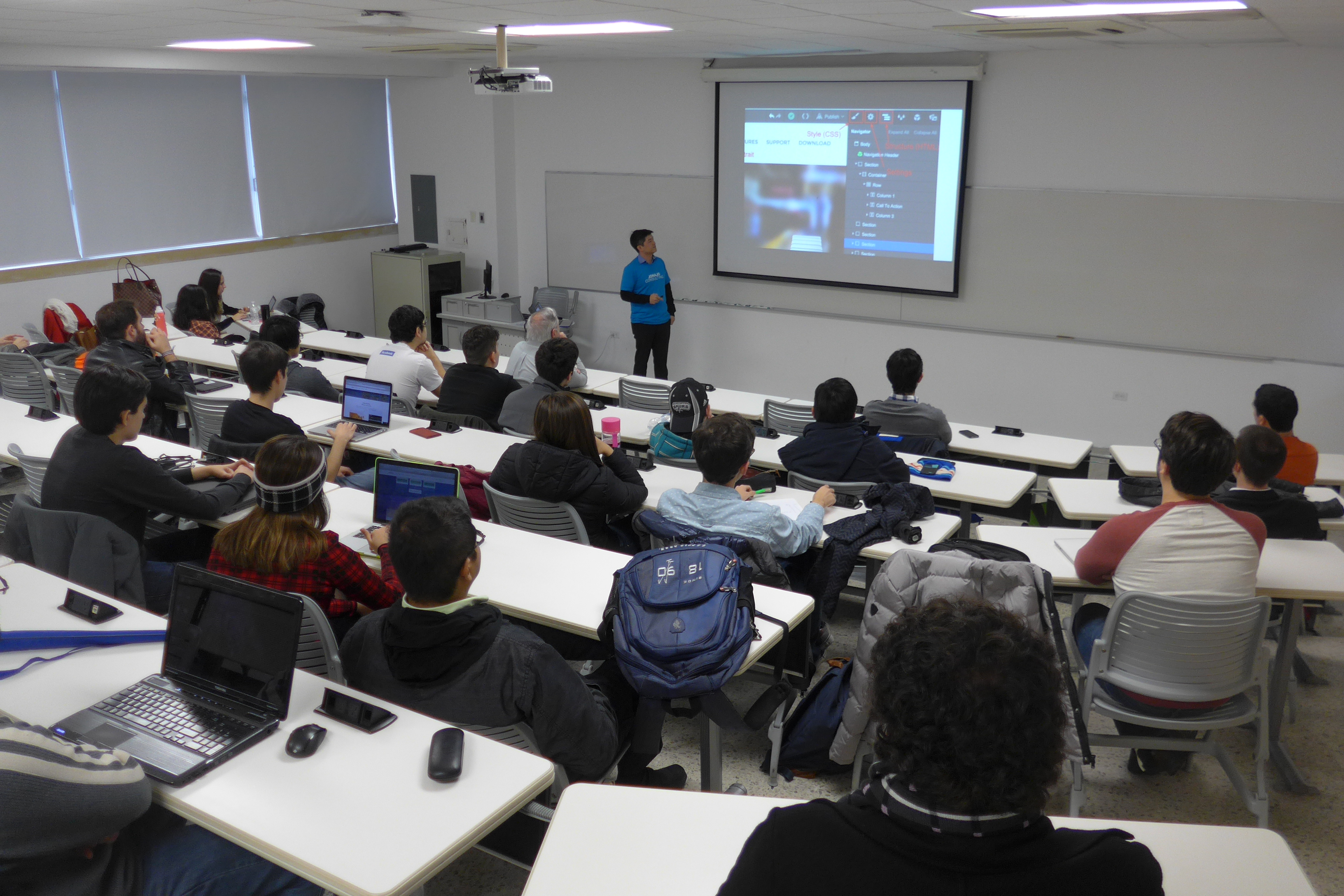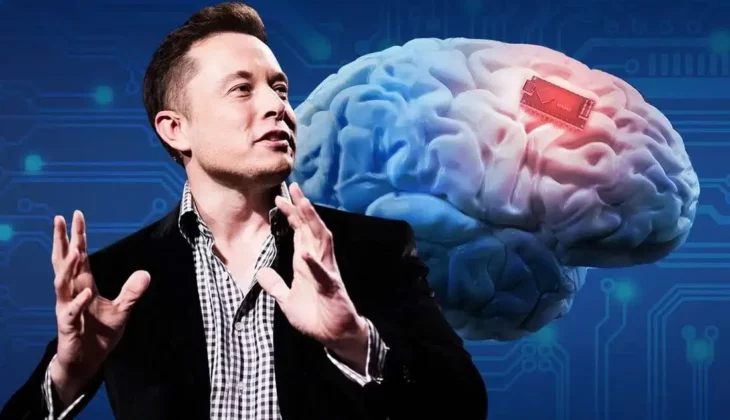In our ever-changing world, where technology advances at a dizzying pace, Elon Musk’s latest project, Neuralink, promises to further revolutionize our relationship with technology. But at what cost?
Neuralink plans brain chip implants for unprecedented synergy between human minds and AI, unlocking new possibilities in medicine and communication. Yet, this innovation raises ethical and security concerns, urging a thorough exploration of its risks and benefits.

Risks of Neuralink
Physical risks associated with brain surgery
The implantation of Neuralink devices involves brain surgery, carrying significant risks, including infections, bleeding, and damage to brain tissue.
Unknown long-term risks
Despite conducting tests on animals, the possible long-term effects of having a Neuralink brain implant are not fully understood. This could include changes in cognition, personality, or mood, among other potential effects.
Privacy and data security issues
Neuralink’s brain implants would collect a significant amount of data about an individual’s brain activity. This raises concerns about who would have access to this data and how it would be protected.
Potential social inequalities
If Neuralink implants become widely used and beneficial, there’s a risk of creating technology access inequalities based on affordability.
Benefits of Neuralink
Treatment of neurological and psychiatric diseases
The brain implants could be used to treat various medical conditions, such as epilepsy, Parkinson’s disease, depression, and schizophrenia, by altering neuronal activity in specific ways.
Restoration of sensory and motor functions
Neuralink implants could help restore motor functions in people with spinal cord injuries or diseases causing paralysis. This could give people the ability to move and feel again, significantly improving their quality of life.
More efficient brain-computer interfaces
Neuralink implants could enhance brain-computer communication, benefiting individuals with disabilities and fostering innovative technology interactions.
Advancements in neuroscience research
Neuralink technology could provide a valuable research tool in neuroscience, allowing scientists to study the human brain with an unprecedented level of detail.
Similar projects to Neuralink:
While Neuralink has captured much media attention, several similar projects worldwide are also making significant advances in the field of brain-machine interfaces.
One such project is Synchron, a company that has developed a device called Stentrode. This device, which does not require cranial surgery, has successfully implanted in humans and is demonstrating promising results in clinical trials. In contrast to Neuralink, which requires a surgical robot, Stentrode is inserted through a neck blood vessel, simplifying the procedure significantly.
Additionally, the Swiss Federal Institute of Technology in Lausanne has developed a “brain-spine interface” that has allowed a paralyzed man to walk again. Similar to Musk’s innovation, this system establishes a direct neurological link between the brain and the spinal cord, enabling wireless transmission of the brain’s movement intentions to an external processing unit, which, in turn, sends commands to the patient’s muscles.
Final Thoughts
Neuralink pioneers unparalleled connections between biology and technology, navigating controversies and challenges. Like any disruptive innovation, it poses risks and rewards, underscoring the importance of ethical and social considerations in our digital future.
Anticipating breakthroughs, we’re reminded of technology’s value in responsible application. The prospect of a brighter future through neurotechnology prompts reflection on the ongoing dialogue about its implementation and purpose.


